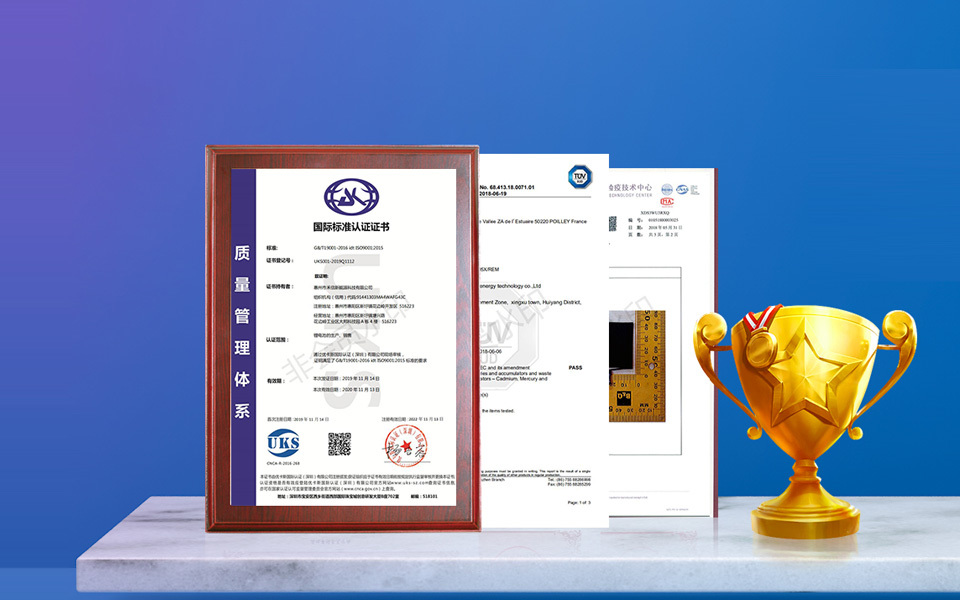11
2020
-
05
Lithium batteries revolutionize energy storage in modern data centers
Author:
Batteries store specific energy and then release it at the appropriate time. Many data center equipment professionals are frustrated by the inconsistent performance of their batteries. When asked, “Does data center infrastructure need improved energy storage solutions?” data center operators, users, and staff always respond in the affirmative.
For data center professionals, traditional lead-acid batteries paired with UPS power systems have become a backup source of power for short periods of time. Most are already aware that lead-acid batteries have some disadvantages. In the white paper released by industry manufacturers, a powerful alternative to traditional lead-acid battery technology is explored, which is lithium-ion batteries. The applications of lithium-ion batteries are shared in this white paper to help data center designers decide whether the technology is feasible in their data centers.
Addressing the Challenges of Traditional Batteries
Traditional lead-acid batteries are often considered the “weak link” in the data center power chain. Traditional batteries, which provide backup power to modern data center facilities, can potentially fail at any time. These traditional batteries are expensive to maintain, heavy, and require regular replacement. Although technologies and measures such as monitoring, management and service innovation are adopted, costs are also increased.
Therefore, data center managers must consider better battery technology to help them overcome some of the challenges facing today's data center facilities. Therefore, batteries with better performance will be more widely used. Benefits provided by this battery include:
•Better battery reliability
•Light weight
•Easier to replace
•Smaller size
•Longer life cycle
•Adapt to higher temperatures
•Longer shelf life
But not all lithium-ion batteries are the same. In fact, there are several varieties, including lithium cobalt oxide (LCO), lithium manganate (LMO), nickel cobalt manganese ternary battery (NMC), lithium iron phosphate (LFP), lithium titanate, etc. Moreover, each type of battery has advantages and disadvantages. For example, lithium manganese oxide (LMO) batteries provide higher power but smaller capacity, but they are safer than lithium cobalt oxide (LCO) batteries and are often mixed with nickel cobalt manganese ternary batteries (NMC) to improve performance.
This is why it is important to understand the use cases and which types of battery solutions are suitable for your own data center facility. After understanding the specific situation of lithium-ion and lead-acid batteries, we can see that the future of lithium-ion batteries is promising. The result is longer life, lighter weight, smaller size and greater flexibility for modern data center providers. However, care must be taken to match the appropriate battery to the application environment.
Next Page
21
2020-04
21
2020-04
The lithium battery industry can still expect high growth in the next few years
21
2020-04
Decoding the pros and cons of overseas Taobao for Chinese lithium battery companies
21
2020-04
Where is the energy storage battery?
21
2020-04
More than 5 power battery companies are involved in upstream lithium mines
11
2020-05
Warmly celebrate our company's successful passing of ISO9001 quality management system certification
11
2020-05
Super battery/graphene battery is not the best yet. Take stock of 12 new battery technologies

Copyright©Huizhou Hexin New Energy Technology Co., Ltd. All Rights Reserved


